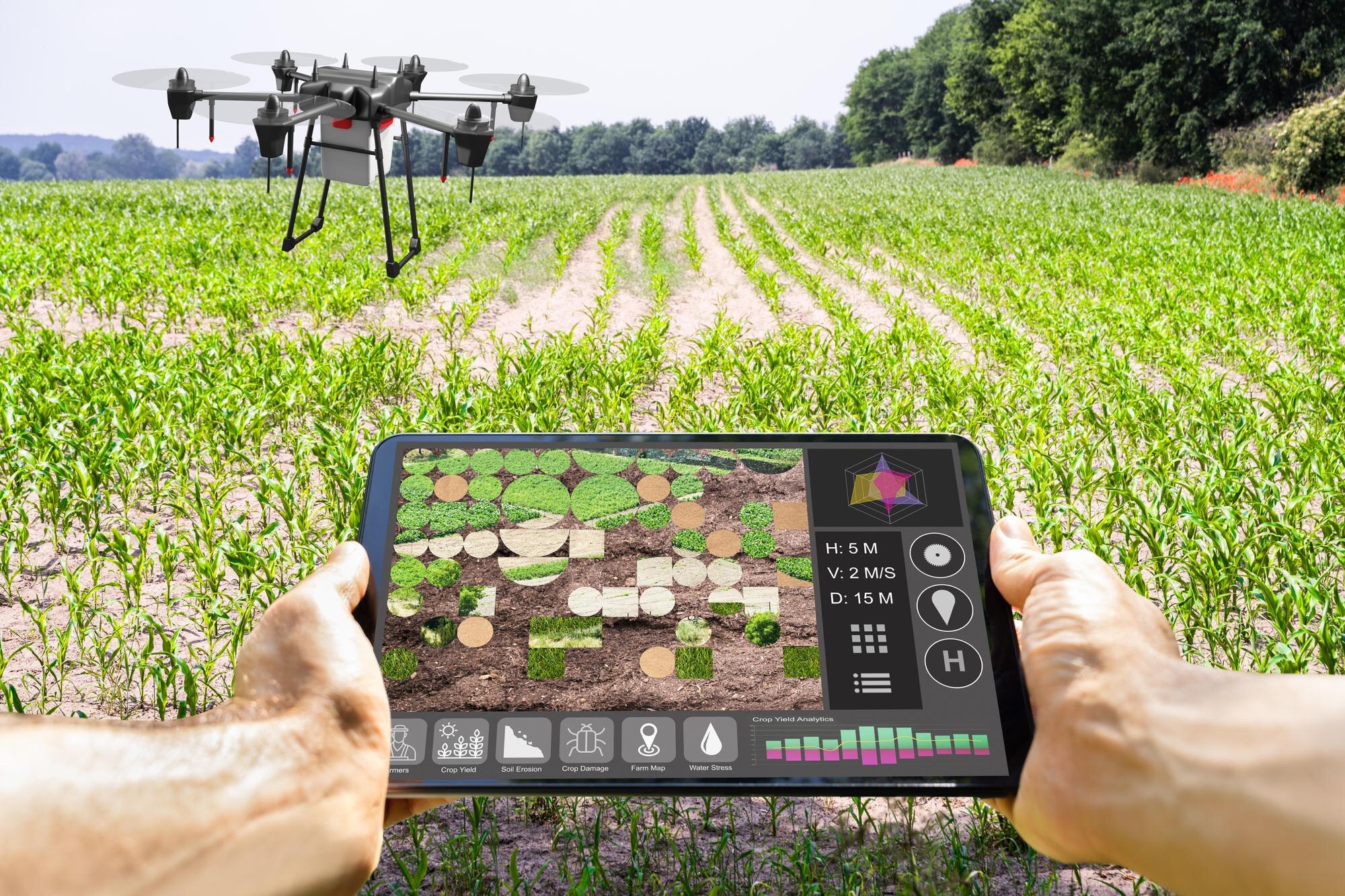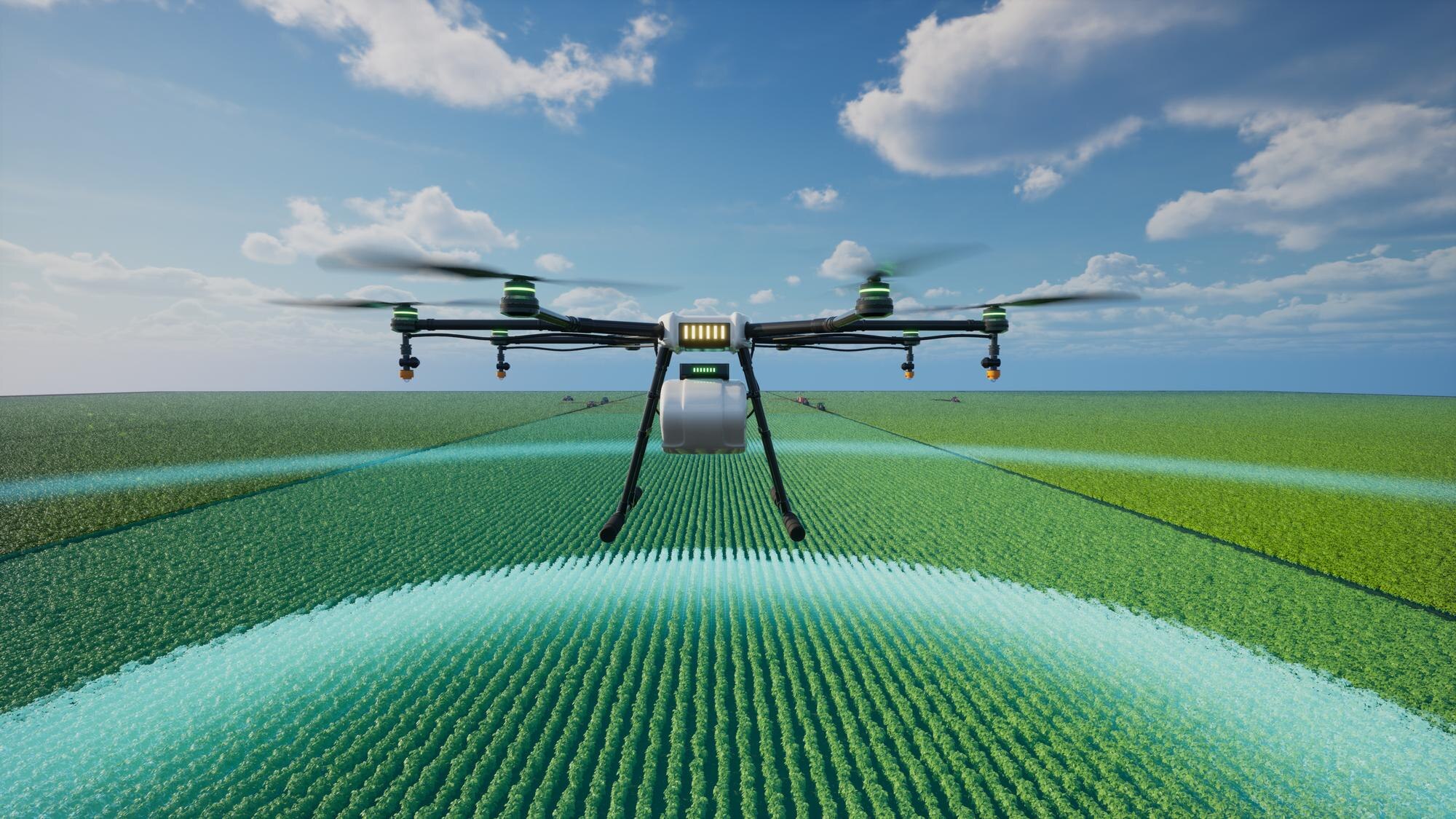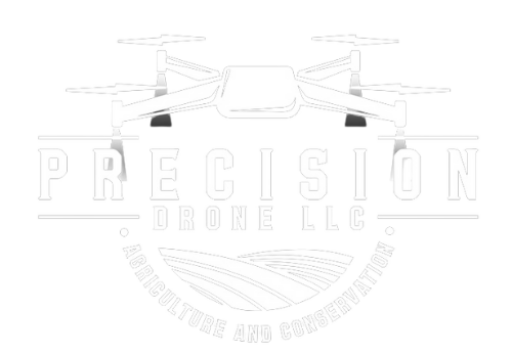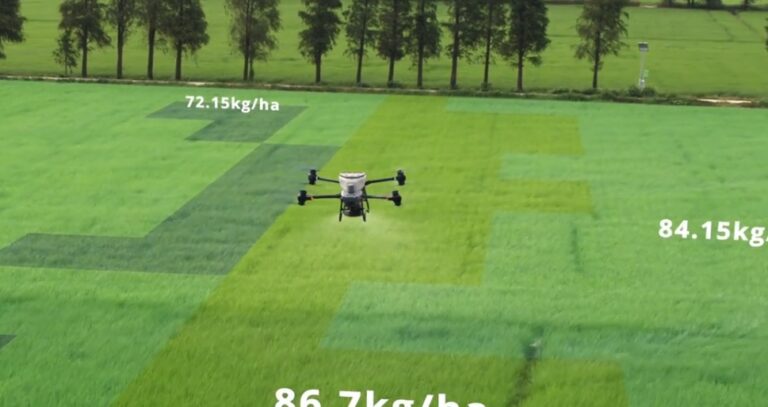Understanding the Types of Drones in Agriculture: A Guide for Modern Farmers
The rise of drone technology has opened up new horizons in the field of agriculture, offering modern farmers innovative ways to enhance their crop management. As the use of drones in agriculture becomes increasingly prevalent, understanding the various types of drones available is crucial for farmers aiming to optimize their operations. From surveying vast fields to monitoring crop health, the capabilities of drones in ag are transforming traditional farming practices. In this guide, we will explore the types of drones in agriculture, providing insights into their diverse applications and benefits. Whether you are a seasoned farmer or new to the world of agriculture, this article will serve as a valuable resource in navigating the modern landscape of farming technology.## Types of Drones in Agriculture

In the world of agricultural drones, farmers have access to various types of unmanned aerial vehicles (UAVs) designed to meet different needs. Let’s explore two main categories of drones in ag: fixed-wing and multirotor drones.
Fixed-Wing Drones Explained
Fixed-wing drones are aircraft-like UAVs that use wings for lift and forward motion. These drones are ideal for covering large areas quickly and efficiently.
Fixed-wing drones typically have longer flight times compared to other types, making them suitable for surveying vast farmlands. They can fly for up to several hours on a single battery charge, allowing farmers to map extensive areas in one go.
One drawback of fixed-wing drones is their need for open spaces for takeoff and landing. They usually require a runway or launcher for takeoff and a relatively large, clear area for landing. This can be challenging in some agricultural settings with limited open space.
Fixed-wing drones excel in tasks such as:
-
Crop mapping
-
Soil analysis
-
Irrigation planning
-
Yield estimation
Benefits of Multirotor Drones
Multirotor drones, also known as quadcopters or hexacopters, are UAVs with multiple rotors that provide lift and maneuverability. These drones offer unique advantages for precision agriculture.
Multirotor drones can hover in place, making them excellent for detailed inspections of specific areas or plants. This capability allows farmers to get up-close views of crop health, pest infestations, or irrigation issues.
The ability to take off and land vertically is a significant advantage of multirotor drones. This feature makes them suitable for use in areas with limited space or uneven terrain, common in many agricultural settings.
While multirotor drones generally have shorter flight times than fixed-wing models, they make up for it with their versatility. They can carry various payloads, including:
-
High-resolution cameras
-
Multispectral sensors
-
Thermal imaging equipment
-
Spraying systems for precision application of pesticides or fertilizers




